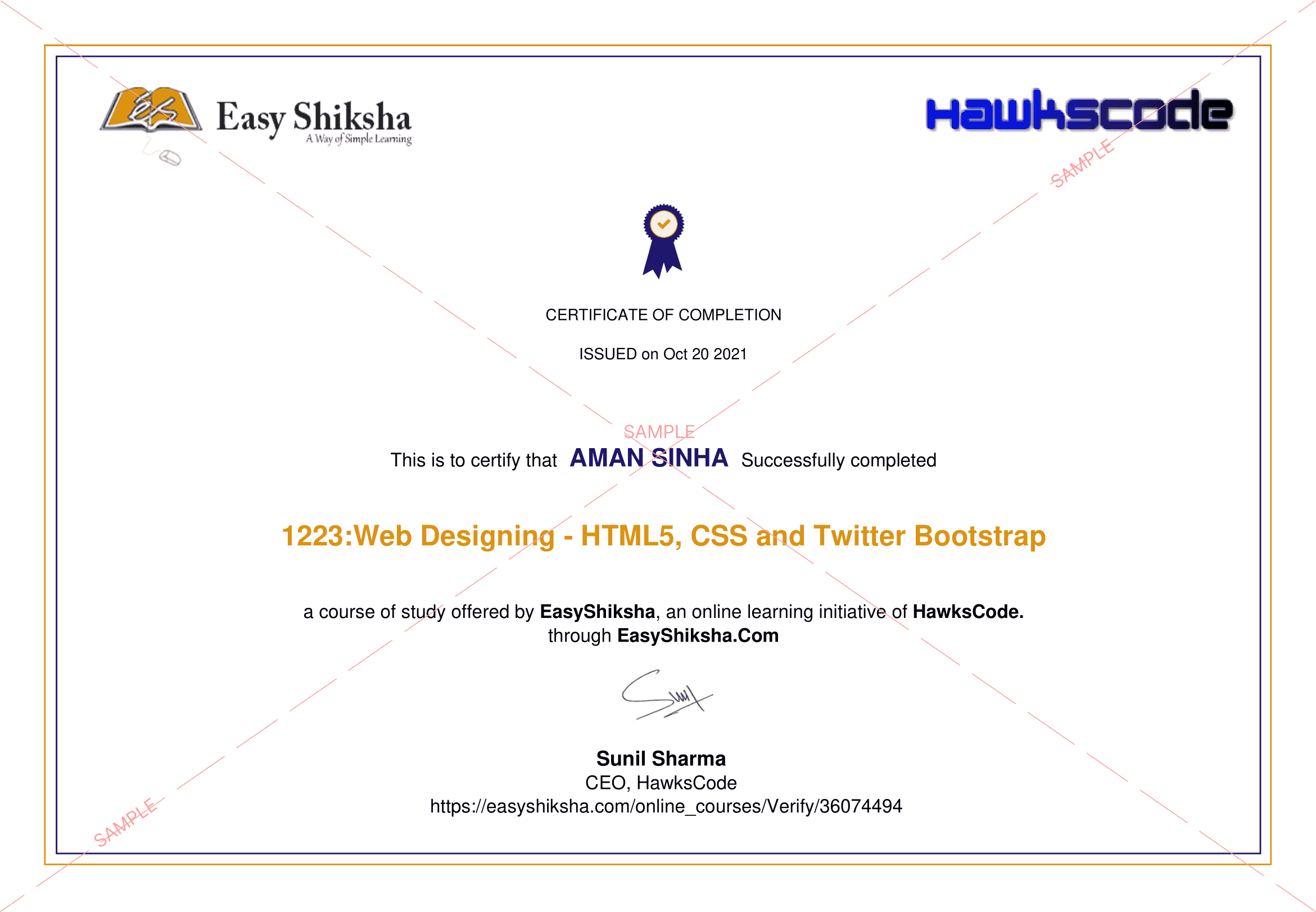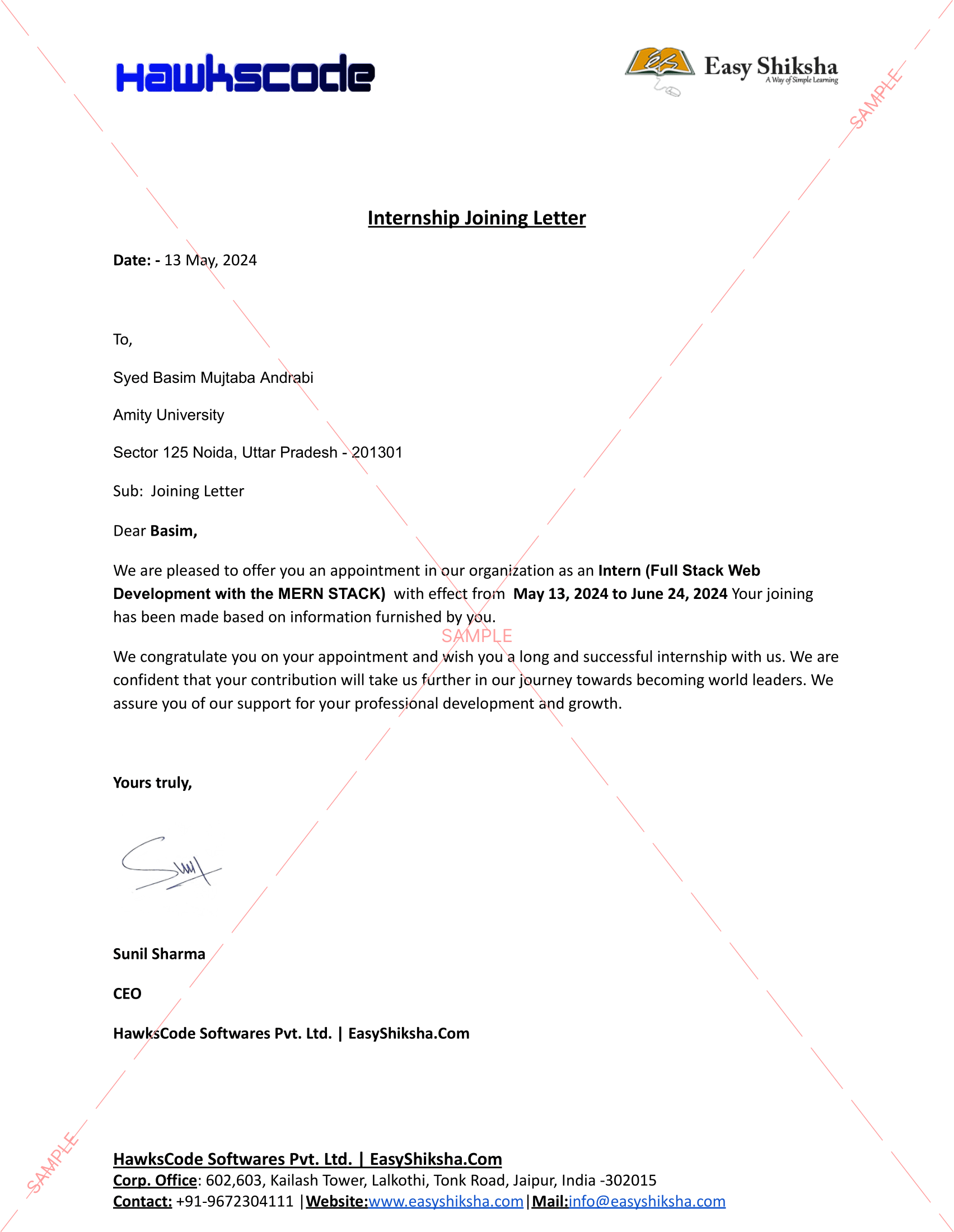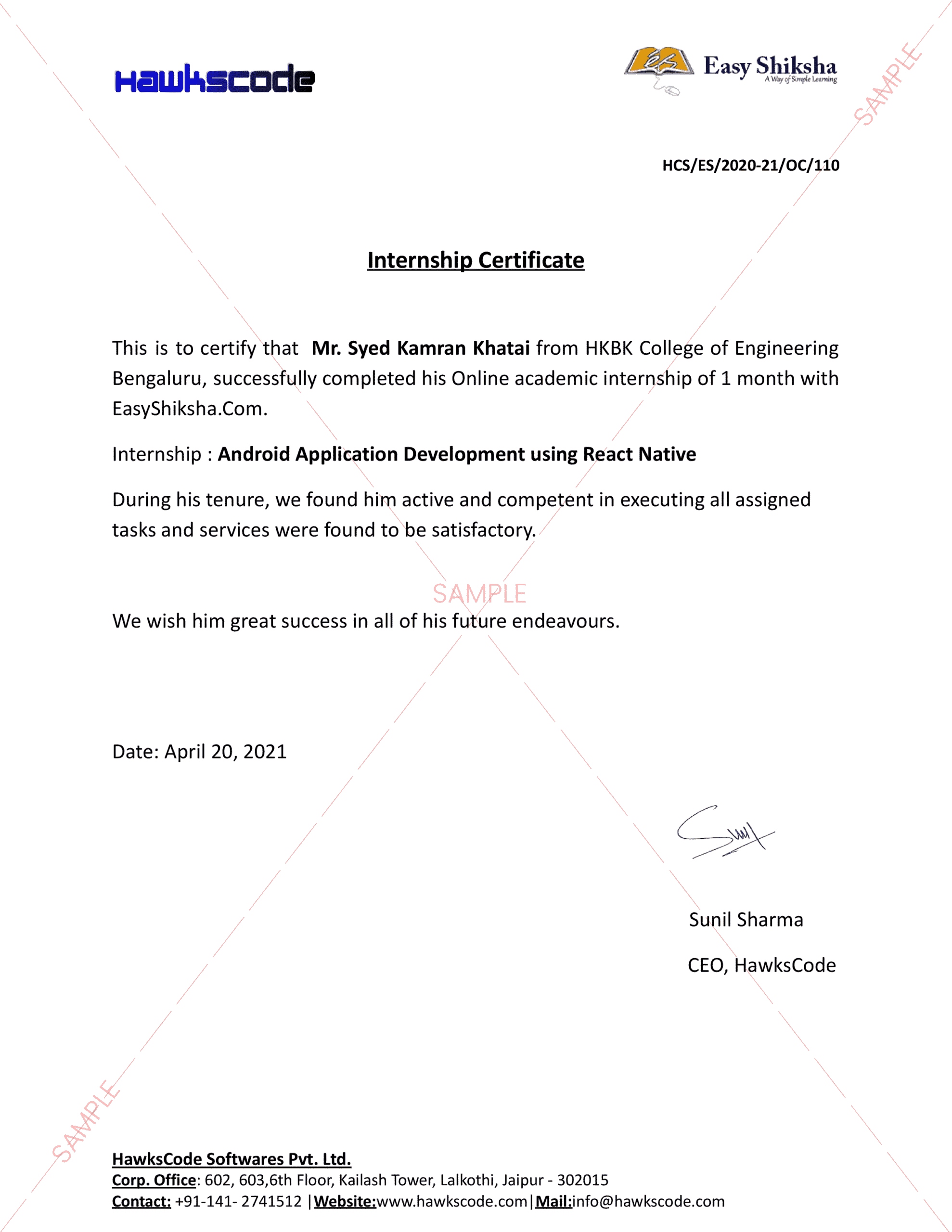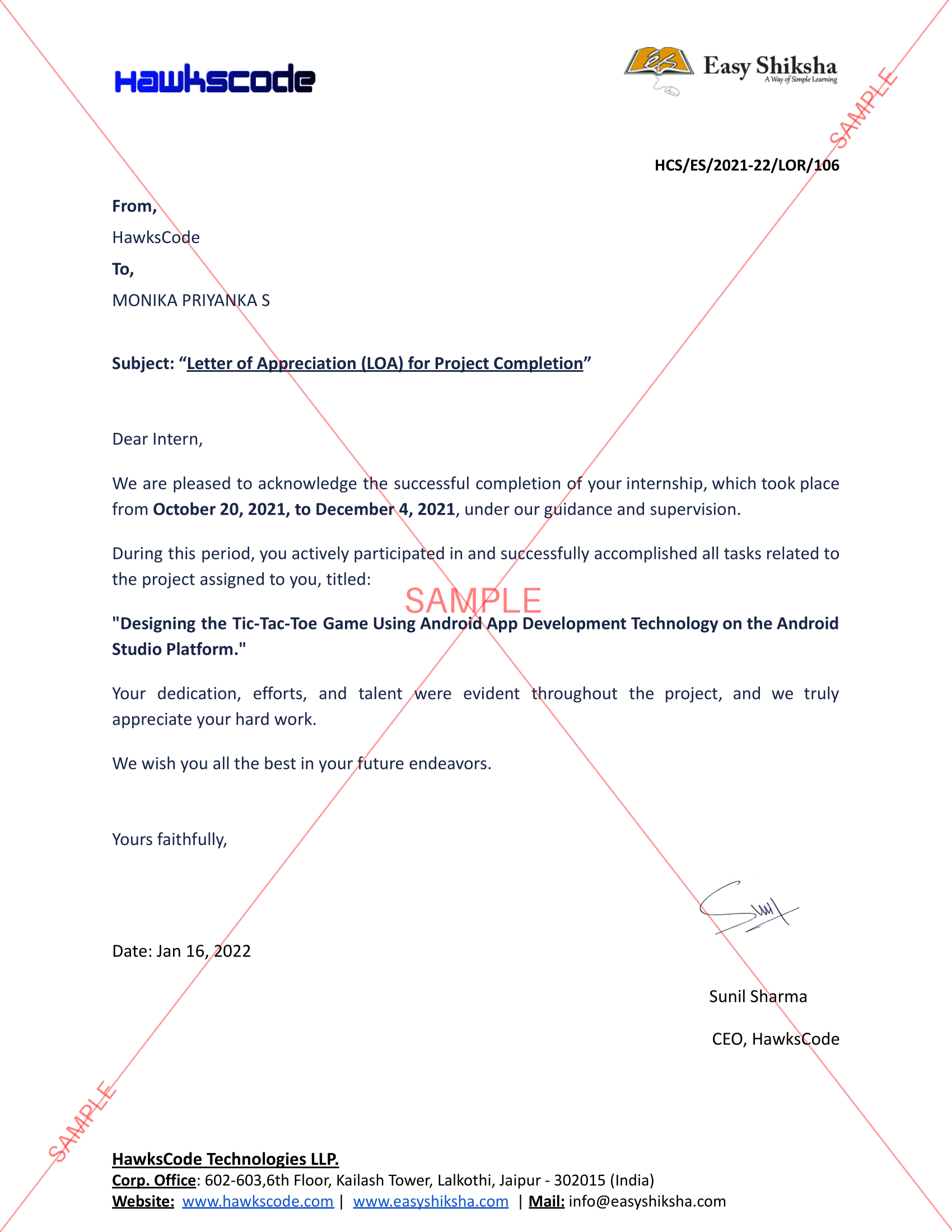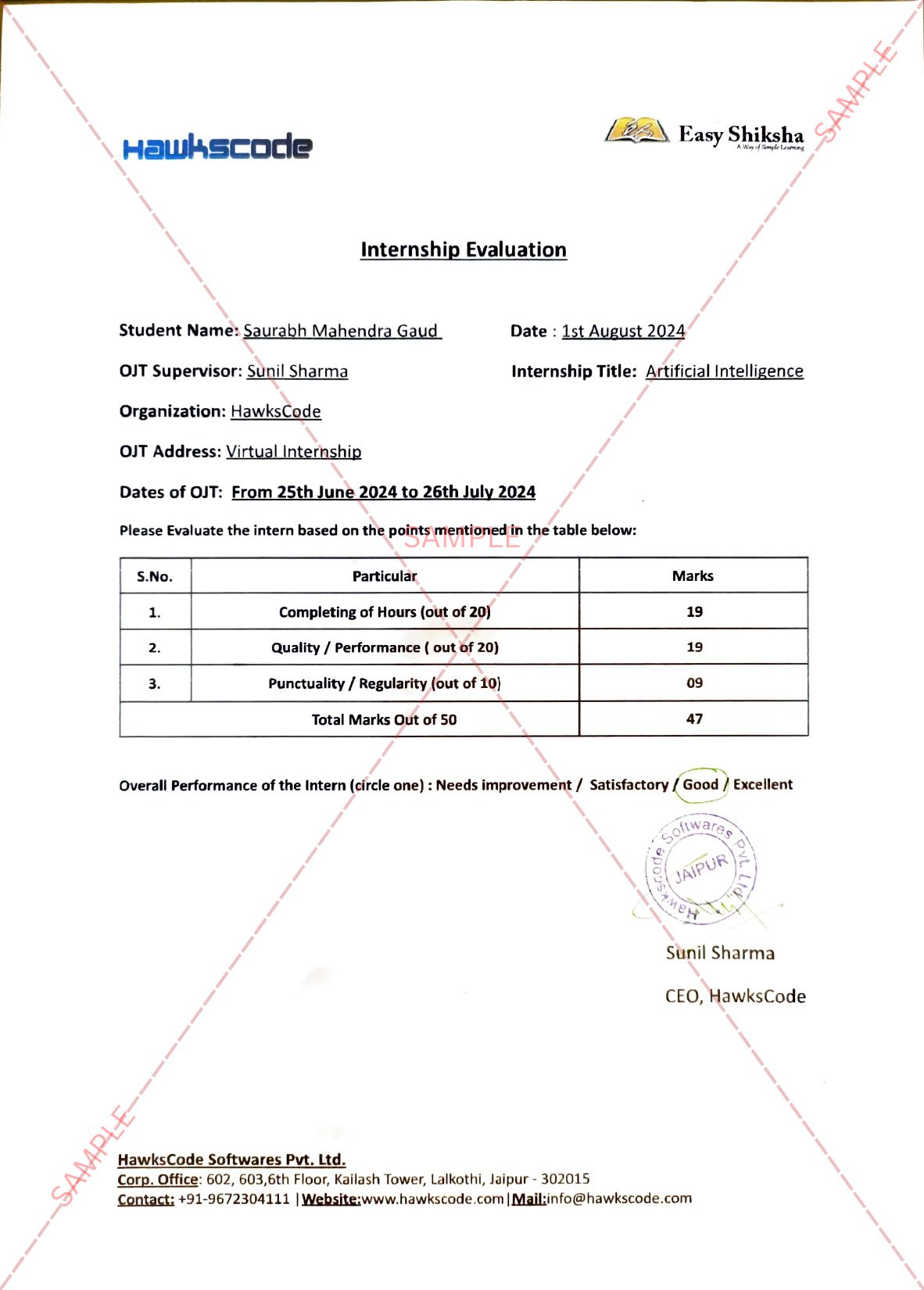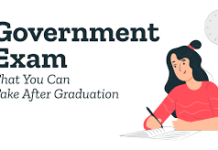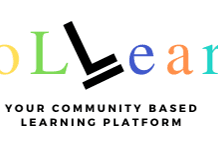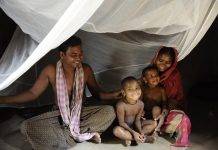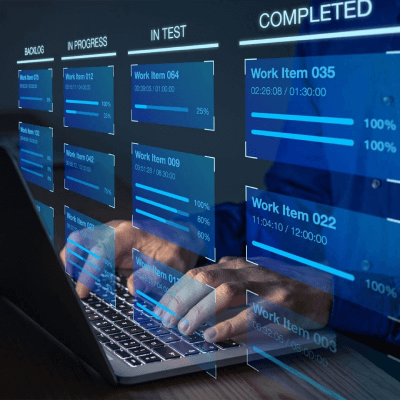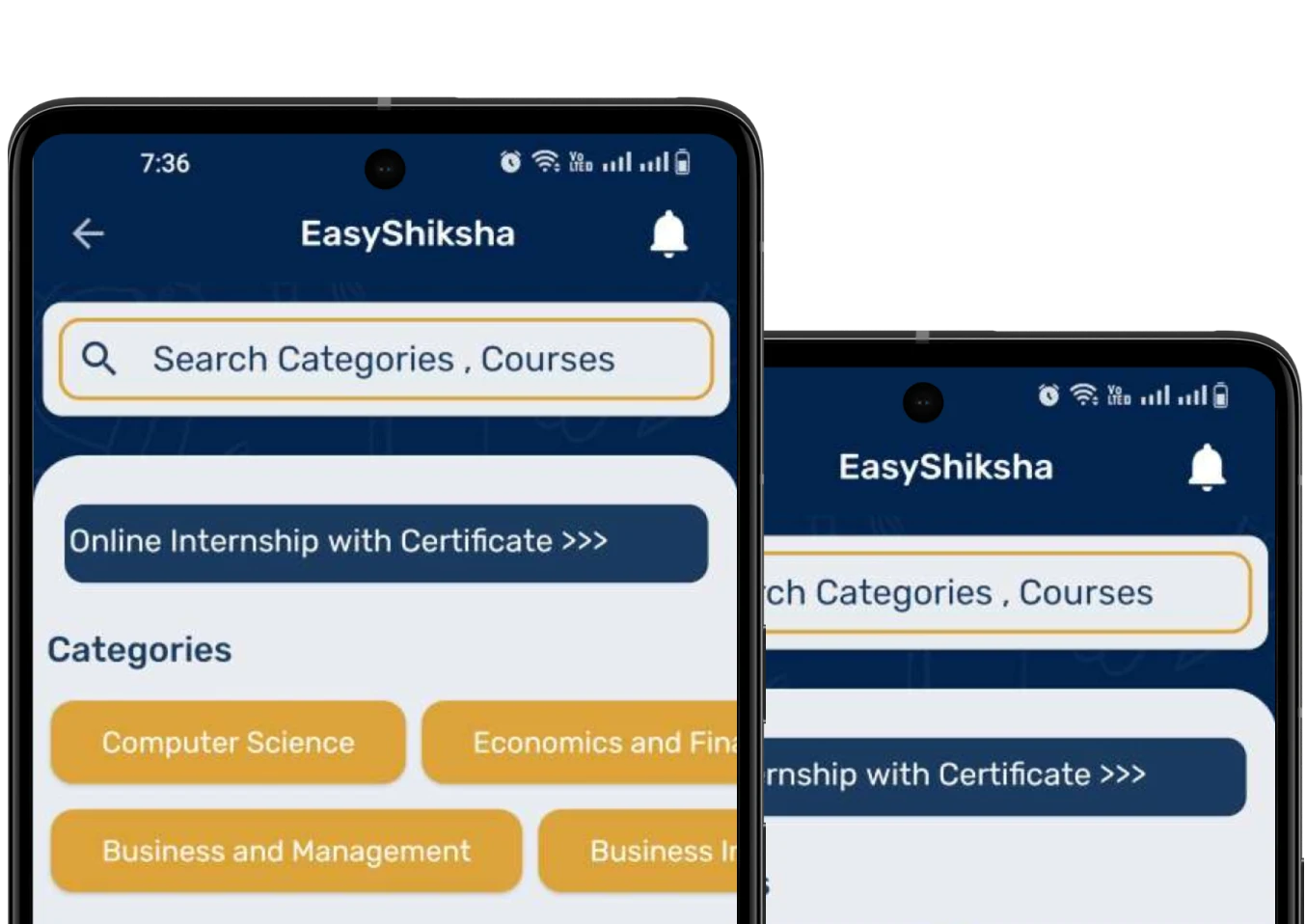One in three experienced physical and/or sexual violence in her lifetime shows WHO’s new estimates, launched in March 2021. Most of this occurs as intimate partner violence. Estimates suggest the South-East Asia Region ranks second highest, at around 33%. Such violence has serious health impacts, both immediate and long term, including injuries, sexually transmitted infections, HIV and unplanned pregnancies as well as mental health problems. These place violence against women among today’s priority public health issues. The WHO South-East Asia Region joins activists and partners around the world in marking the 16 Days of Activism against Gender-Based Violence.
By Dr. Poonam Khetrapal Singh, WHO Regional Director for South-East Asia

Important Announcement – EasyShiksha has now started Online Internship Program “Ab India Sikhega Ghar Se”
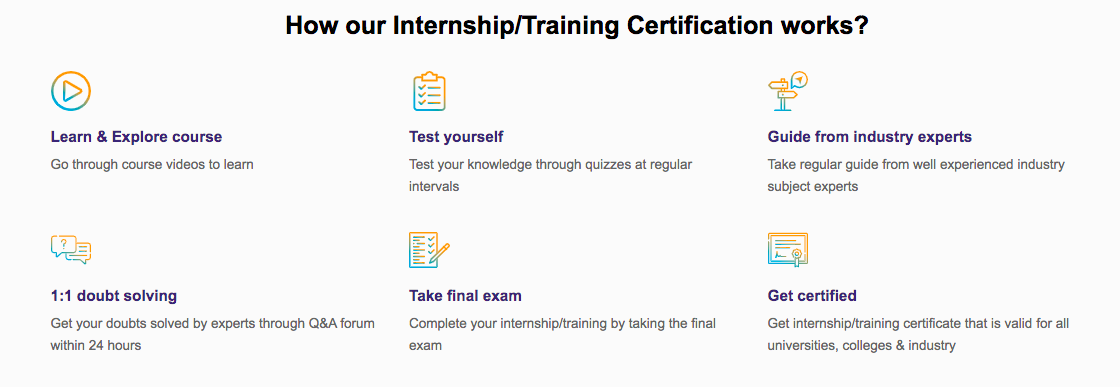
The annual campaign aims to strengthen awareness and action to end violence against women. On the 30th anniversary of this annual campaign, we join the call: “Orange the World: END VIOLENCE AGAINST WOMEN NOW!” Such violence only tends to increase during emergencies and epidemics, resulting in higher risks to the health and safety of women and girls. Evidence suggests that violence against women has increased during the ongoing COVID-19 pandemic. The exacerbation of violence against women can be regarded as “the invisible pandemic” accompanying the COVID-19 pandemic. This is so for many reasons—limitations on movement keep women isolated from support and in close proximity with their perpetrators, often alongside increased economic and psychological stress. Women have been disproportionately affected by the loss of livelihoods, increasing their economic vulnerability and dependence, and school closures. Their unpaid work burdens have increased dramatically. This increased vulnerability comes at a time when the pandemic has disrupted social protection services, such as hotlines, shelters and legal aid—and disrupted vital sexual and reproductive health services, often the first point of contact for survivors of violence. The health sector is a critical part of a multisectoral strategy to prevent and respond to violence against women.
First, health policymakers and managers must strengthen the capacity of the health system and providers and ensure continuity, adequate resourcing and appropriately adapted delivery of services for survivors as part of essential health services. Health facilities should identify information about locally available services for survivors (e.g., hotlines, shelters, rape crisis centres, counselling), including opening hours, contact details and whether these can be offered remotely, and establish referral links. Health providers, once aware of the issue and its implications, should offer medical treatment as well as first-line support, such as empathetic listening, asking about needs, and connecting survivors to support. Second, the health sector has a role to play, with other sectors and stakeholders, in preventing violence against women and girls. Prevention is a continuum. Most primary prevention strategies can be implemented outside the health sector – in communities, in schools, through mass media. But secondary and tertiary prevention takes place after women have experienced or are experiencing violence. Such women may seek health care, even if they do not disclose the violence. Here is where health care providers have a key role to play. If healthcare providers are alert to identifying such women early – in the early stages of the violence or before it becomes very severe – and offer appropriate care and responses, then they could prevent or reduce the recurrence of such violence. Health care providers can also incorporate messages about prevention in health promotion activities. Third, the health sector has a role to play in advocating for, developing and implementing evidence-informed policies and strategies for gender-based violence prevention and response. More and better data are needed, and these must be collected in ethical and safe ways and consistent with survivor-centred principles. Community members can also help increase awareness, stay in touch with survivors in safe ways, and discreetly offer information and support. WHO plays a key role in bringing attention to violence against women and girls as a public health and gender equality issue, including in humanitarian settings, by building the evidence; developing guidelines; encouraging political will and accountability and strengthening country capacity of health systems and providers. WHO has resources for women survivors of violence, people who are concerned that someone they know is experiencing violence, and for those working across the healthcare system and in humanitarian settings.
Top Courses in Software Engineering
This year, WHO again joins its partners to build gender-responsive health and social protection systems and to eliminate violence against women. During the 16 Days, WHO and UNFPA’s regional office for Asia and the Pacific are training health facility managers and policy-makers in three countries, namely, Bhutan, the Maldives and Sri Lanka, in strengthening health sector capacity to respond to VAW, through a series of 6 online workshops. On 30 November, WHO, along with UN Women’s and UNFPA’s Regional Offices for Asia and the Pacific, will host an online event to disseminate the updated prevalence estimates on intimate partner violence and sexual violence in the Region. The event will also discuss how better data could be used to strengthen policies and actions to eliminate all forms of violence against women and girls. The 16 Days campaign, which ends on Human Rights Day (10 December), reminds us that women’s rights are human rights and we should do all we can to respect, protect and fulfil these rights. Let’s resolve to redouble our efforts to prevent and respond to the pandemic of violence against women—and keep women and girls everywhere safe.WHO’s South-East Asia Region comprises the following 11 Member States: Bangladesh, Bhutan, Democratic People’s Republic of Korea, India, Indonesia, Maldives, Myanmar, Nepal, Sri Lanka, Thailand and Timor-Leste.
For information related to technology,visit: HawksCode and EasyShiksha
Empower your team. Lead the industry
Get a subscription to a library of online courses and digital learning tools for your organization with EasyShiksha
Request NowQ. Are EasyShiksha's internships truly free?
Yes, all internships offered by EasyShiksha are completely free of charge.
Q. How can I apply for an internship with EasyShiksha?
You can apply by visiting our website, browsing available internships, and following the application instructions provided.
Q. What types of internships are available through EasyShiksha?
EasyShiksha offers a wide range of internships across technology, business, marketing, healthcare, and more. Opportunities are continuously updated.
Q. Will I receive a certificate upon completing an internship?
Yes, upon successful completion, you will receive a certificate recognizing your participation and achievements.
Q. Are EasyShiksha's internship certificates recognized by universities and employers?
Yes, the certificates are recognized by universities, colleges, and employers worldwide.
Q. Is the download of certificates free or paid?
Access to internships and courses is free, but there is a small fee to download certificates, covering administrative costs.
Q. When can I start the course?
You can choose any course and start immediately without delay.
Q. What are the course and session timings?
These are fully online courses. You can learn at any time and pace. We recommend following a routine, but it depends on your schedule.
Q. What will happen when my course is over?
After completion, you will have lifetime access to the course for future reference.
Q. Can I download the notes and study material?
Yes, you can access and download course materials and have lifetime access for future reference.
Q. What software/tools would be needed for the course?
All necessary software/tools will be shared during the training as needed.
Q. I’m unable to make a payment. What should I do?
Try using a different card or account. If the problem persists, email us at info@easyshiksha.com.
Q. Do I get the certificate in hard copy?
No, only a soft copy is provided, which can be downloaded and printed if required.
Q. The payment got deducted but shows “failed”. What to do?
Technical errors may cause this. The deducted amount will be returned to your account in 7-10 working days.
Q. Payment was successful but dashboard shows ‘Buy Now’?
Sometimes payment reflection is delayed. If it takes longer than 30 minutes, email info@easyshiksha.com with the payment screenshot.
Q. What is the refund policy?
If you face technical issues, you can request a refund. No refunds are issued once the certificate has been generated.
Q. Can I enroll in a single course?
Yes, select the course of interest, fill in the details, make payment, and start learning. You will also earn a certificate.
Q. My questions are not listed above. I need further help.
Contact us at info@easyshiksha.com for further assistance.
ALSO READ: IDP-successfully-concluded-season-2-of-the-idp-india
Get Course: Complete-Microsoft-outlook-masterclass-mastering
